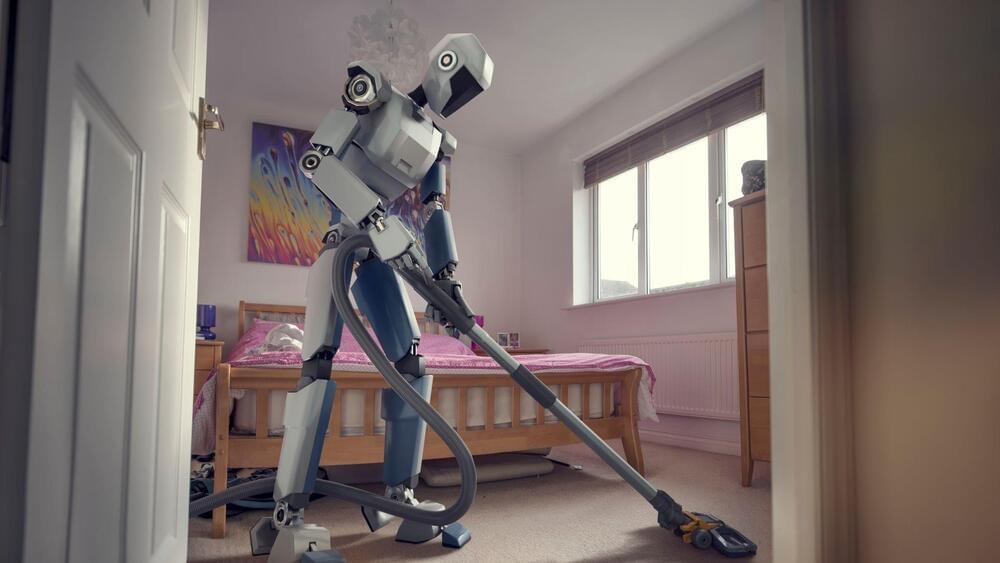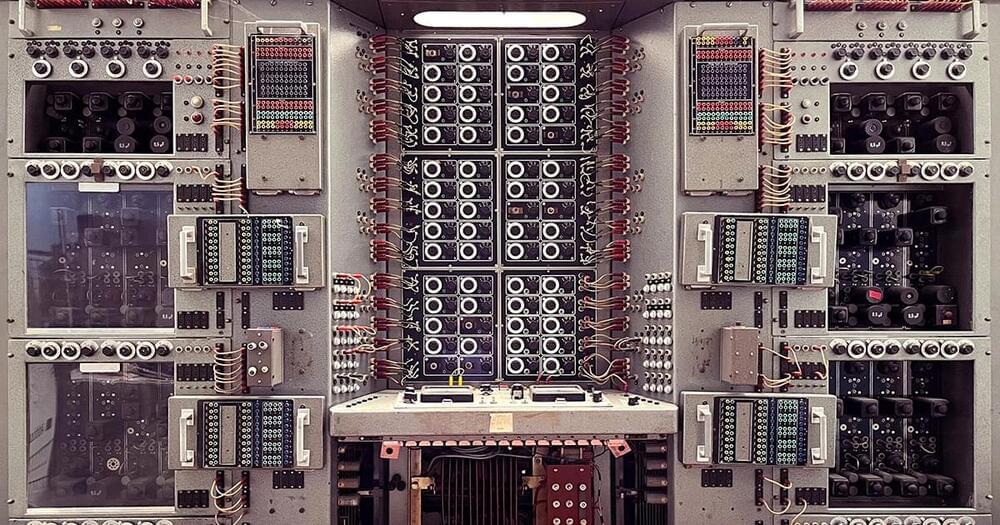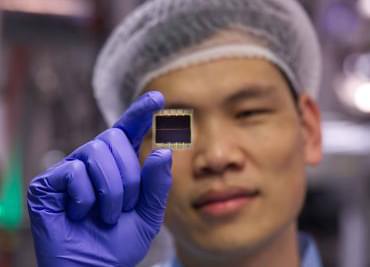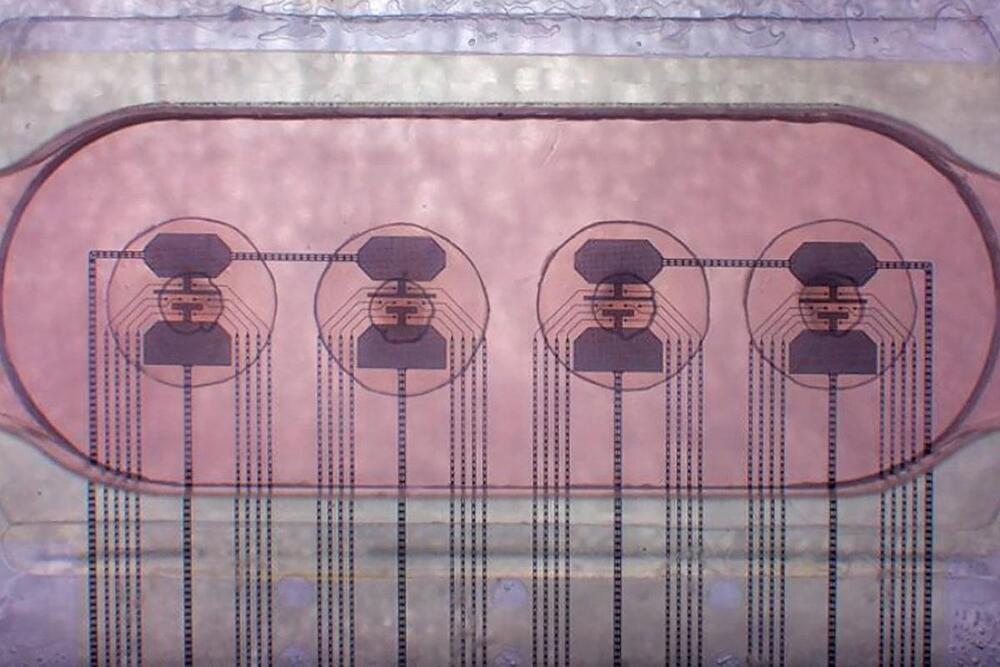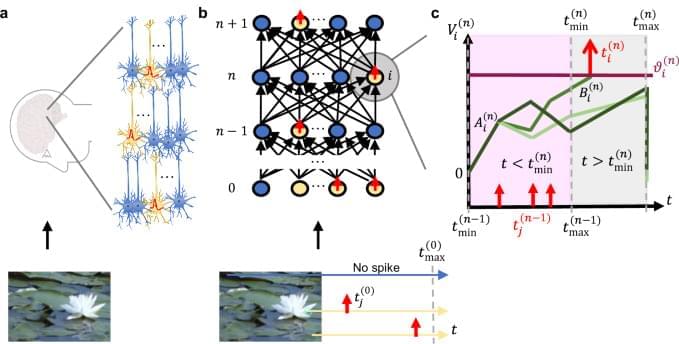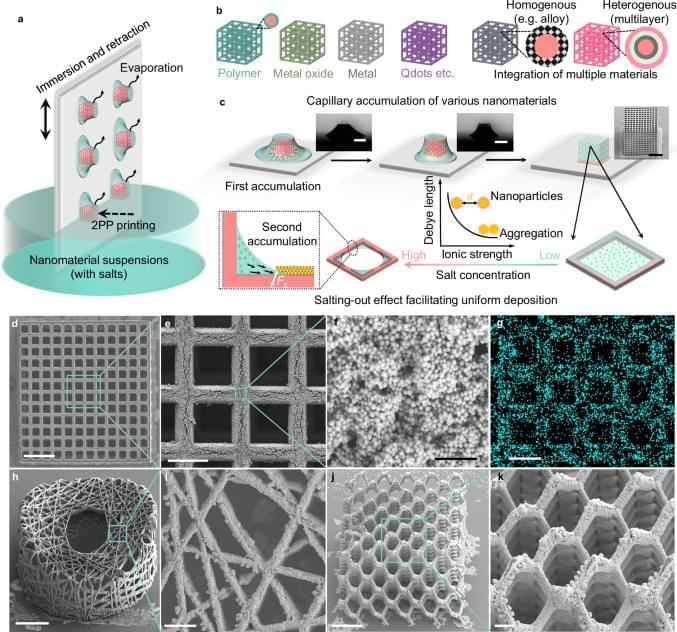Join Brian Greene and a team of researchers testing Google’s quantum computer to glean new insights about quantum gravity from their impressive–if controversial–results.
Participants:
Maria Spiropúlu.
Joseph Lykken.
Daniel Jafferis.
Moderator:
Brian Greene.
00:00 — Introduction.
01:36 — Participant Introductions.
03:24 — The Einstein Papers.
10:40 — Can Quantum Entanglement Be Used to Transfer Information?
14:30 — The Second Einstein Paper: The Quantum Properties Of Blackholes.
16:28 — Wormholes and Quantum Science, ER = EPR
22:30 — A Wormhole in a Quantum Computer?
29:25 — Quantum Computer Experimentation.
36:27 — Contextualizing Quantum Computation and its Future.
42:09 — Credits.
WSF Landing Page: https://www.worldsciencefestival.com/.…
- SUBSCRIBE to our youtube channel and \.
